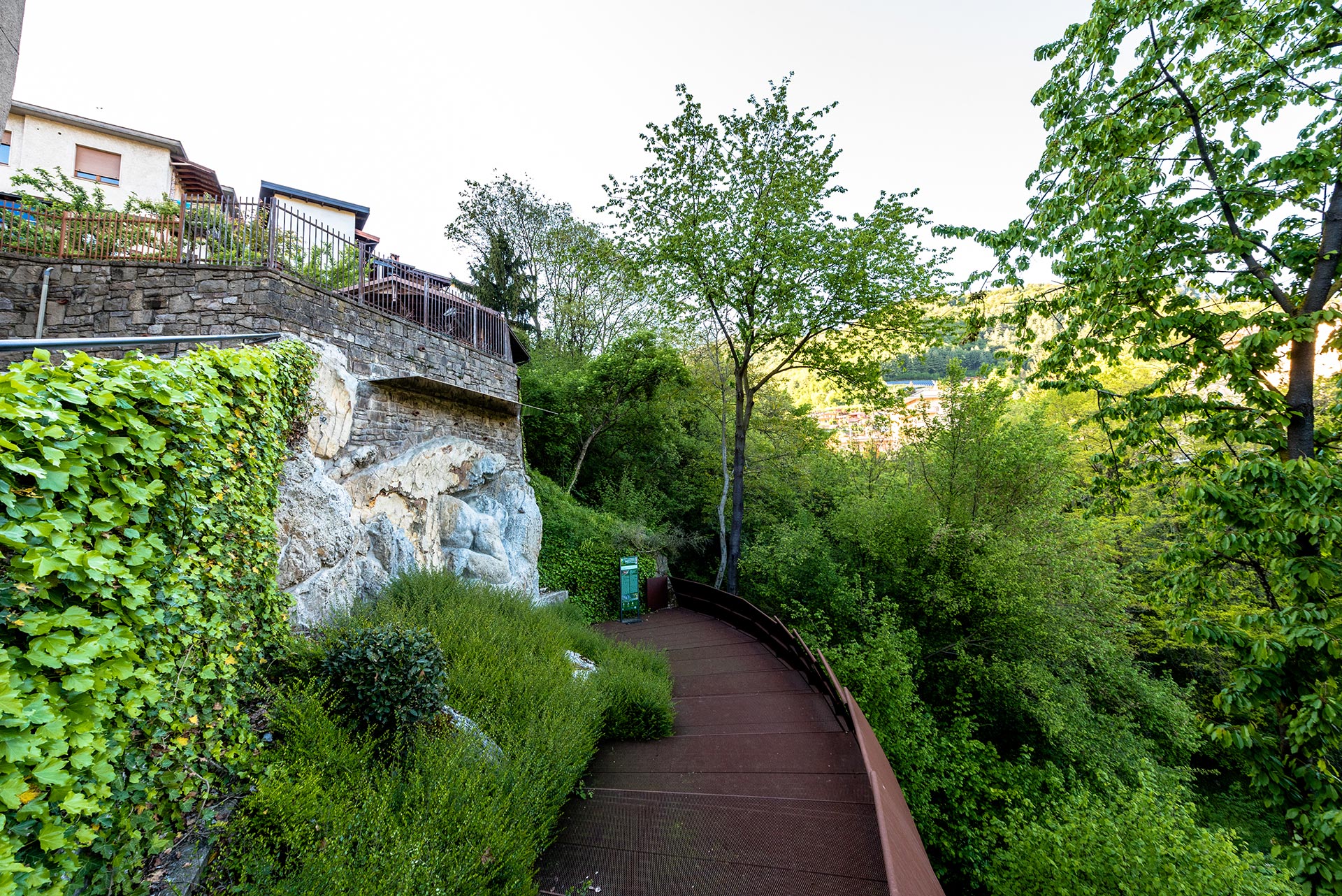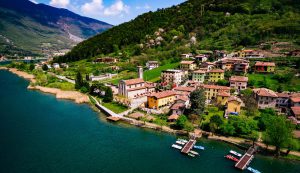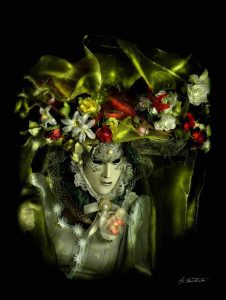The chestnut groves around Luzzana guard a village whose origins date back as far as 2000 B.C.. Here, art finds a unique place and expresses itself in extraordinary forms!
Where the village of Luzzana stands today, an inscription has been found on an ovoid boulder dating back to the Neolithic period, datable to around 2000 B.C., on which there is probably a primordial calendar. The earliest documents in which the name of Luzzana appears date back to the year 886 when, in some land sale deeds, the name of the village is mentioned. However, the main remains date back to medieval times, when there were bloody struggles between the Guelph and Ghibelline factions.
The main architectural work from that period is the Giovannelli Castle, dating back to the 13th century, which towers over the town with its tower surrounded by walls with loopholes. Other monuments dating back to the Middle Ages are Casa Mazzi and Casa Gobetti, on the border with Trescore Balneario.
In the 19th century, the parish church of San Bernardino da Siena was built, containing several valuable paintings, including the Madonna Enthroned and the Crucifixion by Francesco Zucco.
Contemporary art finds a special place in Luzzana thanks to the works of artists Giosuè and Alberto Meli, and Ester Gaini, presented by the Museum of Contemporary art of Luzzana – Gaini Meli Donation housed in the Giovannelli Castle. Also famous is Giosuè Meli’s sculpture Il Gigante (The Giant), a mammoth human figure set in the rock, which rests in the park that bears his name.
Finally, a peculiarity of the town is the presence of many chestnut groves in the area, which ensures a significant production of chestnuts harvested on the slopes of Mount Misma.







